Tag: sepsis

Practical Trends in Anesthesia and Intensive Care 2020-2021
This book offers an essential guide to managing the most-debated hot topics of practical interest in anesthesia and intensive care. Part I reviews the state of the art in issues concerning both intensive care medicine... read more
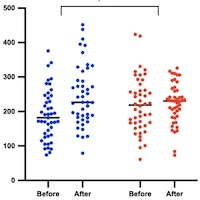
Methylene Blue Reduced Length of Stay in ICU
In patients with septic shock, methylene blue (MB) initiated within 24 h reduced time to vasopressor discontinuation and increased vasopressor-free days at 28 days. It also reduced length of stay in ICU and hospital without... read more

The CLOVERS Trial: Does Nothing Matter in Sepsis?
The CLOVERS trials is an open label RCT that did not demonstrate any difference (beneficial or harmful) from using a restrictive fluid strategy over a liberal fluid strategy in sepsis-induced hypotension. Do whatever... read more

Early Identification of Intra-abdominal Infection and Sepsis
This case report illustrates the ability of the novel biomarker pancreatic stone protein (PSP) concentrations to act as a warning sign, allowing the early identification of intra-abdominal infection and post-operative peritonitis... read more

Remote Ischemic Conditioning in Septic Shock
The treatment known as RECO did not significantly reduce the severity of organ failure as measured by the mean daily SOFA (sequential organ failure assessment) score from the start of the study to day 4 in patients with septic... read more

Clarifying the Fictions Surrounding Sepsis: Strategies for Improved Management and Outcomes
It is important to clarify the myths surrounding sepsis and to provide a clear understanding of the condition. This can help set realistic expectations about outcomes and inform effective strategies for managing sepsis, including... read more

Association of Vancomycin Plus Piperacillin-tazobactam with Early Changes in Creatinine vs. Cystatin C
Although dozens of studies have associated vancomycin + piperacillin–tazobactam with increased acute kidney injury (AKI) risk, it is unclear whether the association represents true injury or a pseudotoxicity characterized... read more

Algorithm that Detects Sepsis Cut Deaths by 18%
Hospital patients are at risk of a number of life-threatening complications, especially sepsis—a condition that can kill within hours and contributes to one out of three in-hospital deaths in the U.S. Overworked doctors... read more
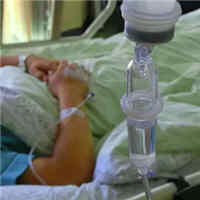
Septic Shock Developing Later During Hospital Stay Associated with Higher Mortality
In-hospital mortality continued to rise as admission-shock-onset-time increased in patients with septic shock. No clear dichotomization between early and late septic shock could be ascertained, and this categorization may... read more
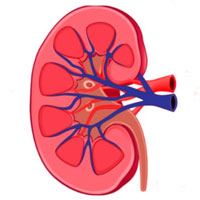
Sepsis-Associated AKI Risks in the PICU
In children with severe sepsis, the degree of hemodynamic support as measured by the VIS and the presence of fluid overload may identify patients at increased risk of developing severe acute kidney injury (AKI). Children... read more
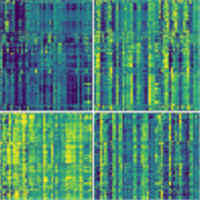
Postoperative Sepsis Infection Can Be Identified Using Gene Expression Signatures
Host biomarker signatures may be able to identify postoperative infection or sepsis up to three days in advance of clinical recognition. If validated in future studies, these signatures offer potential diagnostic utility... read more

CRT-targeted Fluid Resuscitation vs. Lactate-targeted in Septic Shock
Capillary refill time (CRT)-targeted fluid resuscitation in septic shock was not superior to a lactate-targeted one on early fluid administration or fluid balances. However, it was associated with comparable effects on regional... read more

Public Sepsis Awareness Campaigns Should Be Created Based on Local Data
Although public knowledge of sepsis and its mortality is generally low, some countries have high awareness and knowledge, and as such, any public awareness campaigns should be created based on local data. This will also... read more
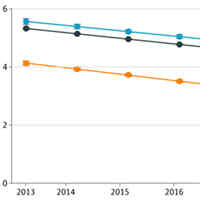
Temporal Trends and Hospital Variation in Time-to-Antibiotics Among Veterans Hospitalized with Sepsis
This cohort study across nationwide VA hospitals found that time-to-antibiotics for sepsis has declined over time. However, there remains significant variability in time-to-antibiotics not explained by patient characteristics,... read more




